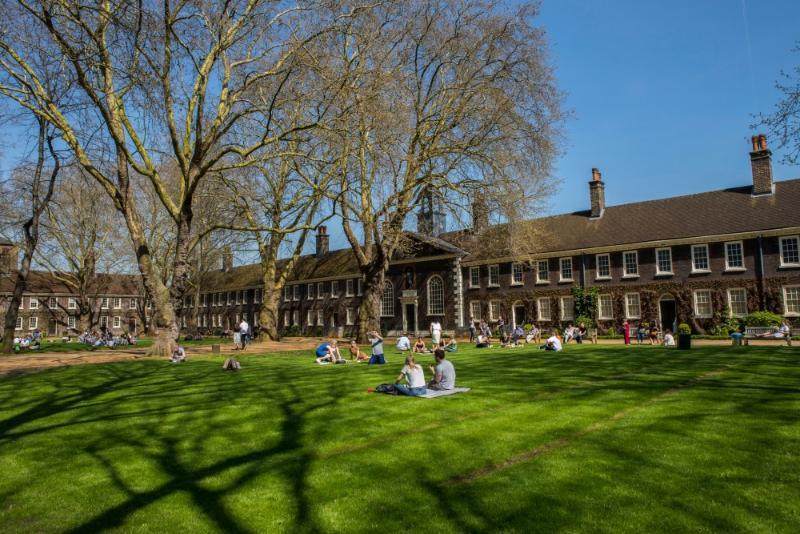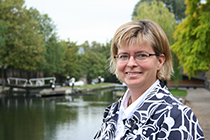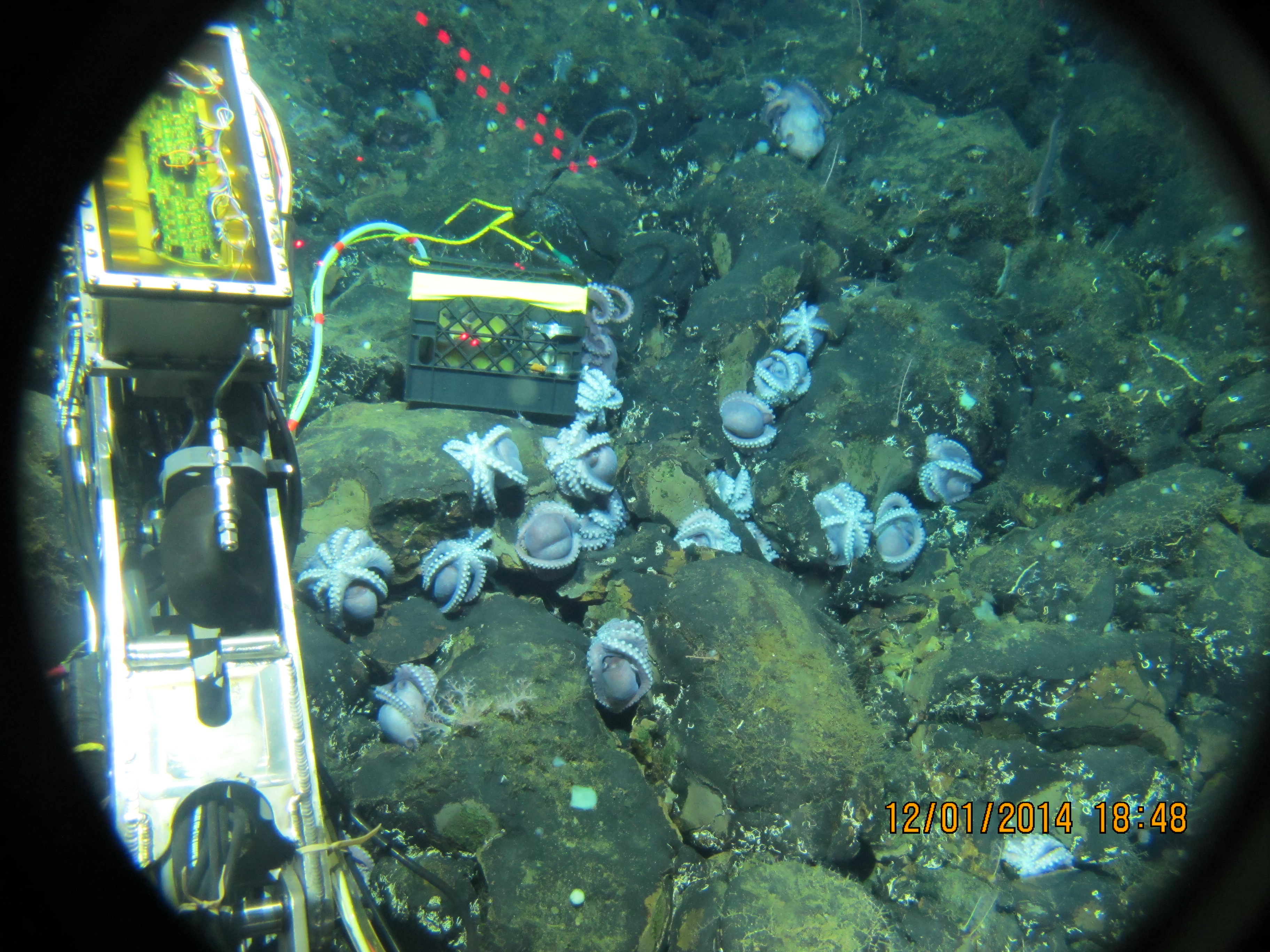What does home mean to you?

In collaboration with
Is home a building? A neighbourhood, city or country? The objects that surround you? A sense of safety and familiarity? A sense of belonging?
Founded in 2011, The Centre for Studies of Home (CSH) has pioneered work on the geographies of the domestic sphere. The CSH is a partnership between Queen Mary and the Museum of the Home (MoH). The Centre’ research aims to broaden the understanding of “home”, and to find innovative ways to express these ideas within the Museum.
CSH set out to achieve several aims:
- to broaden and deepen MoH’s strategic vision and scope
- to diversify the museum’s exhibitions and collection strategy to include under-represented priority areas
- to strengthen the museum’s engagement within its community and to enhance residents’ understanding of home
To date, CSH has secured over £1.7m in research income (£1.5m from AHRC, ESRC, Arts Council England, and Leverhulme Trust and £0.2m from Queen Mary) and has had 13 funded PhD students, six postdoctoral research fellows (including three Leverhulme Trust Early Career Fellows) and two artists-in-residence.
An expanded understanding of home
Through this research, CSH has begun to understand what home might mean in terms of social interaction; as a space; and how home might be perceived across the passage of time.
Social
The team has produced new knowledge about servants and residents of high-rise housing and housing estates.
Spatial
They have explored a new research agenda on ‘home-city geographies’ and considered how the geographies of urban dwelling and mobility may be intertwined.
Temporal
The team has developed new concepts of the multi-layered temporalities of home and inhabitation.
How we understand domestic practice and personal meanings of home
The researchers learned about the relationships between identity, material culture and domesticity and explored how individuals might ascribe meaning to their own understanding of home.
They explored biographical approaches, including ‘home-city biographies’. They undertook news ways of working involving artists and film-makers.
What does home mean in East London?
Annabel Wilkins and others explored the relationships between home, work and migration among Vietnamese people in east London. She demonstrated the diversity of home-making practices and forms of belonging in relation to the dwelling, workplace and wider city.
Researchers also considered domestic religious practice and interfaith connections at home for Christian, Jewish and Muslim residents.
Through new collaborative work with Hackney Archives, Eastside Community Heritage, artists and film-makers, they explored new understandings about the relationships between home, neighbourhood and the city for residents who live close to the museum.
The inclusion of CSH research material in our collections, galleries and programmes has been key to the museum’s long-term strategy of becoming more relevant and more able to meet the needs of diverse local audiences.— Former Head of Collections and Exhibitions, Geffrye Museum of the Home
How has the research changed the museum?
Broadening and deepening MoH’s strategic vision and scope
CSH has provided the intellectual framework to support the museum’s move from a focus on English domestic interiors of middle-class Londoners to a socially, spatially and temporally expansive understanding of home. The museum has been renamed: The Geffrye Museum of English Domestic Interiors is now The Geffrye Museum of the Home. It is embarking on an £18.1m HLF-funded redevelopment project.
Research at CSH has shaped MoH’s more inclusive approach to collections and exhibitions by ‘interrogating the meaning of home for diverse audiences and challenging how the concept of home is represented in a museum environment’. CSH has expanded the museum’s research capacity and embedded research as a core activity.
The Centre has been involved in:
- Staff development (joint doctoral supervision by 15 museum staff)
- Joint publications
- Research events and activities, including 48 seminars, 12 conferences/workshops, annual lectures and study days attended by more than 1000 participants
According to the Museum’s annual reports, CSH has ‘helped to transform the museum into an active space for debate and dialogue and a place for new research’. CSH is ‘one of the key pillars of the museum’s work. It demonstrates our capacity for partnership and collaboration. It gives us intellectual authority and gravitas, and raises our standing’.
Helping the Museum to host more diverse exhibitions and collections
Five co-curated exhibitions displaying CSH research have addressed under-represented subjects in the museum:
- Swept under the carpet? Servants in London households, 1600 to 2000 made domestic service visible in the period rooms for the first time (c.43,000 visitors)
- The Aylesbury Estate as Home (2016) enabled the museum to address social housing for the first time (c.15,000 visitors)
- Inside teenage bedrooms(2016) enabled the museum to reflect young people’s cultural practice and stimulated intergenerational dialogue (c.23,200 visitors)
- 'Home thoughts: stories of living in London' (2017-18) featured films and displays on domestic religious practice for the first time (c.18,600 visitors)
- Who once lived in my house? (2016) provided a new approach to thinking about home and temporality beyond the chronological history of home presented in the period rooms (c.12,500 visitors)
The exhibitions reached diverse audiences through the co-creation of school learning resources, performances, talks, tours (including for Hackney deafPLUS), youth, community holiday projects, craft-based multi-sensory workshops and private view events.
One visitor to Swept under the carpet? described the exhibition as ‘inventive and insightful and a great way to bring simple, real stories of “hidden” people alive’.
As a result of the research, the Museum acquired certain useful and relevant items, including the 18th-century print ‘Moll Handy’, depicting a servant embodied by the tools of her trade and a mezuzah (used to mark the threshold of a Jewish home).
Enhancing residents’ understanding of home
The ‘Home-work’ programme included research with Vietnamese residents about home, migration and the city that ‘helped the museum to build lasting contacts with the Vietnamese community’ close to the museum.
‘Home-city-street’ has deepened links with the local area through two indoor street parties, artist-led workshops, a workshop at Hackney Archives, and four short films screened at MoH, Hackney Archives, Ali’s kebab shop (belonging to one of the participants) and the crypt of St Peter’s Church. These activities were attended by more than 250 people.
The app-based audio walk ‘Home-city stories’ was developed in collaboration with MoH and Hackney Archives and runs from one to the other on and around Kingsland Road.
‘Home-city stories’ has been positively evaluated with groups of teachers, students, older residents on the digital project ‘Hello Hackney,’ and museum and archive staff from MoH, Hackney Archives and Hackney Museum.
A long-term Hackney resident who works at Hackney Archives and Library said that the audio-walk ‘made me think about where I feel at home.’
Schools, institutes and research centres
School of Geography
Founded in 1894, the School of Geography is one of the oldest in the UK. Throughout our history, world-class and politically engaged research has fed into our teaching.
Centre for Studies of Home
The Centre was launched in February 2011 and is a partnership between Queen Mary University of London and Museum of the Home. It is an international hub for innovative research and learning on the theme of ‘home’.


